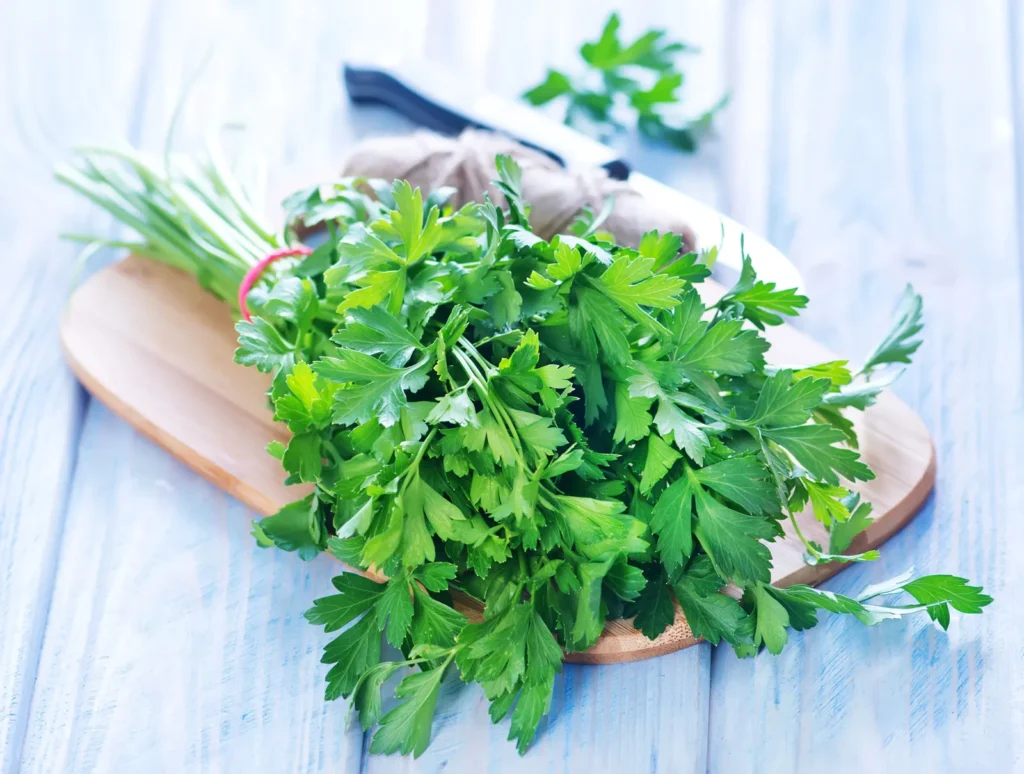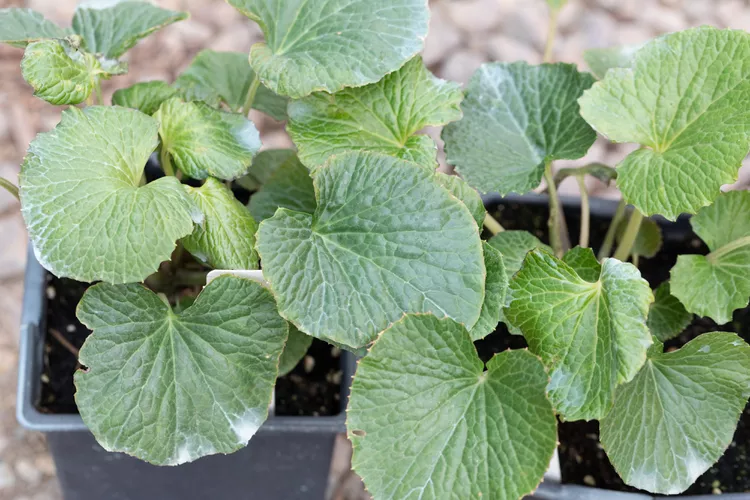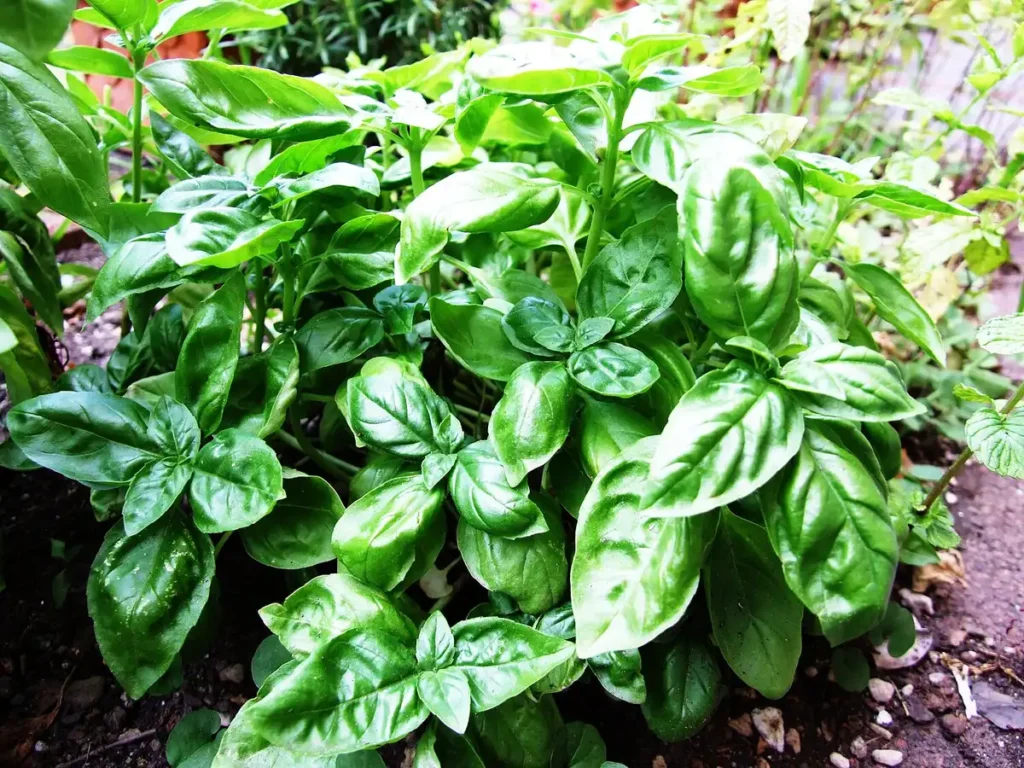
Description
In addition to having a crisp, spicy scent, mint plants are extremely resilient perennials that are easy to recognise because all of its members have square stems and opposing leaves. The mint plant can spread rather quickly because of its long, floppier branches that grow upward and develop roots when they come into contact with the ground. Its tiny purple or white summer blooms draw butterflies, bees, and other insects.
Habitat
The genus is found in sub-cosmopolitan regions of North America, South America, Asia, Australia, Africa, and Oceania. This includes Southern Africa. Although most of its species can grow in a variety of conditions, they prefer damp soils and damp surroundings.
Uses
Mint leaves make a delicious appetizer. Digestive enzymes are stimulated, which aids in the promotion of the digestive system. Because of its antiseptic and antibacterial qualities, mint oil helps treat stomach infections and other digestive disorders. Its anti-spasmodic properties stem from the methanol content.
Mint comes from leaves, which can be used fresh or dried in cooking. When mint preservation is not an issue, fresh mint is typically chosen over dried mint. The leaves are used in teas, drinks, jellies, syrups, candies, and ice creams. They have a warm, fresh, aromatic, sweet flavor with a chilly aftertaste.

Varieties
There are numerous varieties of mint, each with a unique flavor and appearance. Among the popular types of mint are:
Mentha x piperita: Grown in USDA zones 3 through 11, peppermint has a pleasant, minty flavor.
Mentha x piperita f. citrata ‘Chocolate’: The leaves of this first cousin of peppermint have an aroma and flavor reminiscent of mint chocolate.
Mentha spicata: One of the best mints to use as a ground cover in landscaping, spearmint is also a great flavoring for teas and salads. In zones 5 through 9, it grows.
Mentha piperita citrata: Among the fruit-flavored mints, orange mint has the most tang. Growing zones for it are 4–11.
Apple mint: Mentha suaveolens, blends the tastes of apple and mint. It can be grown in zones 5–11.
Plant Care
- Light
Mint plants grow best in partial shade, but if you water them regularly, they may tolerate full sun. Even so, it’s recommended to use sunscreen to protect them from the strong afternoon sun. Mint may grow in somewhat shaded areas as well, however it may become lanky and provide fewer, less tasty leaves.
- Soil
While mint can grow in most types of soil, it likes rich soil that is between a pH of slightly acidic and neutral. It’s also crucial to have good soil drainage. Mint plants enjoy moisture, but their roots might become rotted by waterlogged soil.
- Water
If the top inch of soil feels dry to the touch, add more water. Water your mint during dry spells to keep the soil slightly damp. Mint grows well in soil that is kept slightly moist but not wet. When the leaves on your mint start to wither, it usually indicates that the plant needs more hydration. Watering your mint early in the day will ensure that it receives enough moisture as the temperature rises during the day.
- Temperature and Humidity
The variety of mint you are cultivating will determine how much warmth it can withstand, but these plants are generally quite flexible. For instance, the USDA hardiness zone 3 peppermint (Mentha piperita) is able to withstand extremely cold temperatures. Mentha spicata, or spearmint, grows well in USDA hardiness zone 11 and tolerates high temperatures.
Low humidity could cause problems for mint plants. If you are growing mint inside, spray the plant in between waterings to enhance humidity, or place the pot on a pebble tray filled with water. Especially in the dry winter months, this is essential.
- Fertilizer
If your soil is deficient in nutrients, feed your mint plants approximately once a month, or every 4 to 6 weeks, during the growing season. You probably won’t need to fertilize your mint plants further if your garden soil is already rich. Starting in the spring when the plants emerge, container-grown plants and plants grown in nutrient-poor soil will benefit from regular feeding with a balanced, all-purpose fertilizer during the growing season. To dilute your specific fertilizer as needed, refer to the label instructions.
Table





